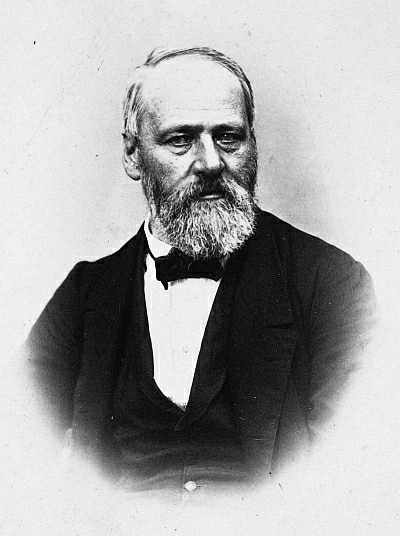Georg Pezolt on:
[Wikipedia]
[Google]
[Amazon]

 Georg Pezolt, also Petzoldt or Petzold (8 May 1810,
Georg Pezolt, also Petzoldt or Petzold (8 May 1810,
More works by Pezolt
@ ArtNet * {{DEFAULTSORT:Pezolt, Georg 1810 births 1878 deaths Austrian painters Austrian landscape painters Austrian architects Conservation and restoration of cultural heritage Artists from Salzburg

 Georg Pezolt, also Petzoldt or Petzold (8 May 1810,
Georg Pezolt, also Petzoldt or Petzold (8 May 1810, Salzburg
Salzburg (, ; literally "Salt-Castle"; bar, Soizbuag, label= Austro-Bavarian) is the fourth-largest city in Austria. In 2020, it had a population of 156,872.
The town is on the site of the Roman settlement of ''Iuvavum''. Salzburg was founded ...
- 28 October 1878, Salzburg) was an Austrian painter, architect and art critic, who became the first monument conservator in Salzburg.
Life and work
He served a apprenticeship with the still-life painter, . At the age of seventeen, he accompanied him on a trip to Italy, with an archaeological expedition for which Wurzer was serving as a sketch artist. He returned to Salzburg in 1837, where he initially focused on painting, but would later issue a book of 144 lithographs; ''Most interesting points from Salzburg, Tyrol and the Salzkammergut''. After 1850, he began to spend more time devoting himself to other tasks. Through the high esteem for his works expressed by Archbishop Schwarzenberg, and his later work as a conservator, he came to have a significant influence on ecclesiastical art in the region. He was also a significant contributor to the development of theSalzburg Museum
Housed in the ' (to which it moved in 2005), the Salzburg Museum is the museum of artistic and cultural history of the city and region of Salzburg, Austria. It originated as the Provincialmuseum and was also previously known as the Museum Carolino- ...
and a respected member of the Salzburger Kunstverein (Artists' Association). In addition, he took some students; notably Josef Mayburger, who was only four years his junior.
At first, he favored imagery based on ancient Roman art
The art of Ancient Rome, and the territories of its Republic and later Empire, includes architecture, painting, sculpture and mosaic work. Luxury objects in metal-work, gem engraving, ivory carvings, and glass are sometimes considered to be min ...
, but gradually became more attracted to the work of the Nazarene movement
The epithet Nazarene was adopted by a group of early 19th-century German Romantic painters who aimed to revive spirituality in art. The name Nazarene came from a term of derision used against them for their affectation of a biblical manner of c ...
, which created an intellectual conflict with his scholarly pursuits. Although generally praised, he came under some criticism for relying too much on his imagination, rather than research.
What may be his most notable restoration involved the tower of the Franciscan Church, built in 1498. His only original architectural work was the "Borromäus Church", in Neo-Byzantine
Neo-Byzantine architecture (also referred to as Byzantine Revival) was a revival movement, most frequently seen in religious, institutional and public buildings. It incorporates elements of the Byzantine style associated with Eastern and Orth ...
style, on the Mirabellplatz in the district. It was demolished in 1972.
Sources
* * F. Martin: "Petzoldt (Pezolt), Georg". In: Hans Vollmer (Ed.): ''Allgemeines Lexikon der Bildenden Künstler von der Antike bis zur Gegenwart'', Vol.26: Olivier–Pieris. E. A. Seemann, Leipzig 1932, pg.517 * * Peter Keller (Ed.): ''Ein Traum von einer Stadt: Georg Pezolt (1810–1878) und Salzburg''. Dommuseum zu Salzburg, 2011.External links
More works by Pezolt
@ ArtNet * {{DEFAULTSORT:Pezolt, Georg 1810 births 1878 deaths Austrian painters Austrian landscape painters Austrian architects Conservation and restoration of cultural heritage Artists from Salzburg